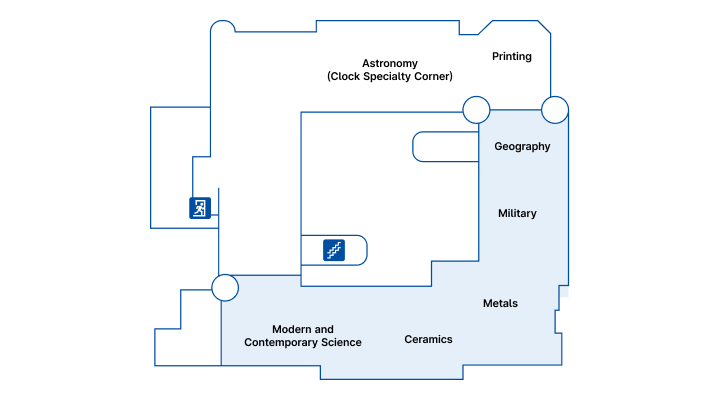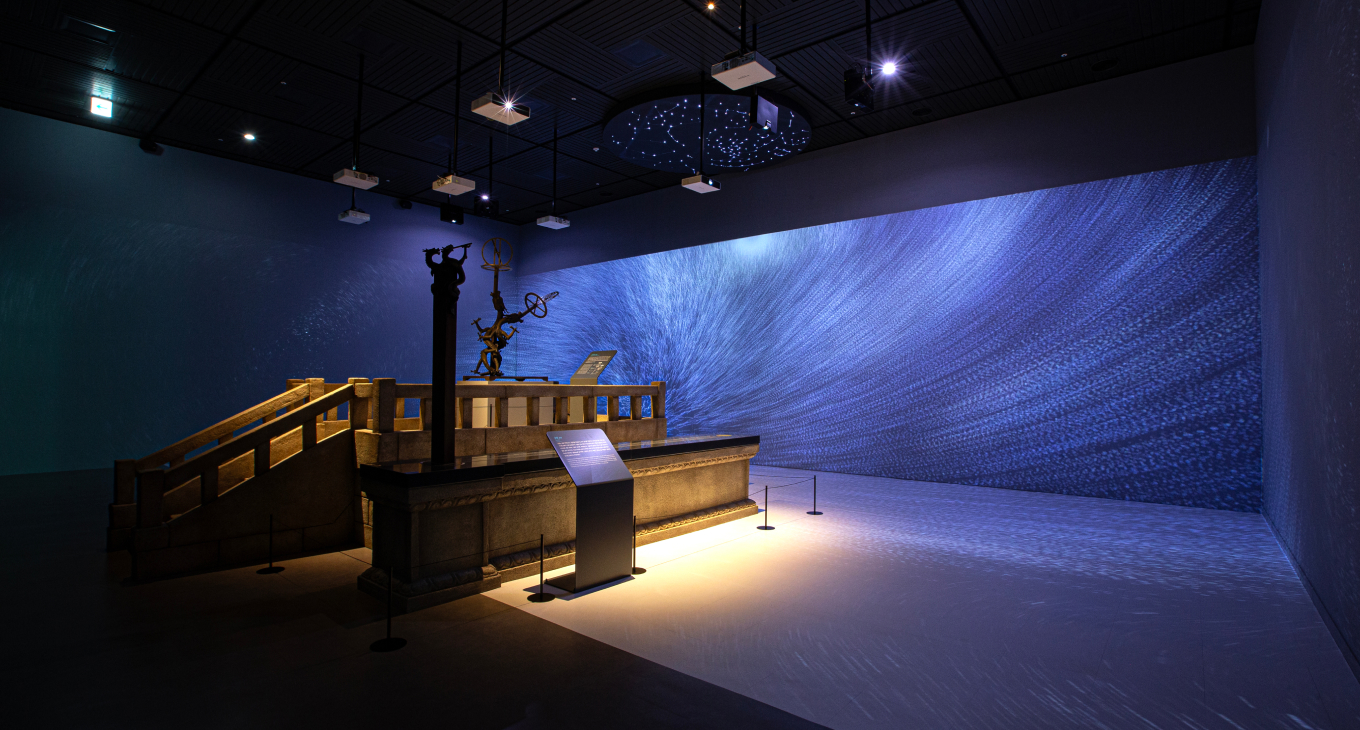Science & Technology Hall
Exhibition Guide

Korean History of Science and Technology Hall
This special hall displays about science and technology from the Iron Age to Modern times, structured around 6 main themes to explore creative inheritance of science and technologies through cultural openness and convergence; the 6 main themes are astronomy, printing, geography, military, metal and ceramics. Also, science and technology from modern and contemporary eras are showcased, organized around key achievements and events from each period.
















